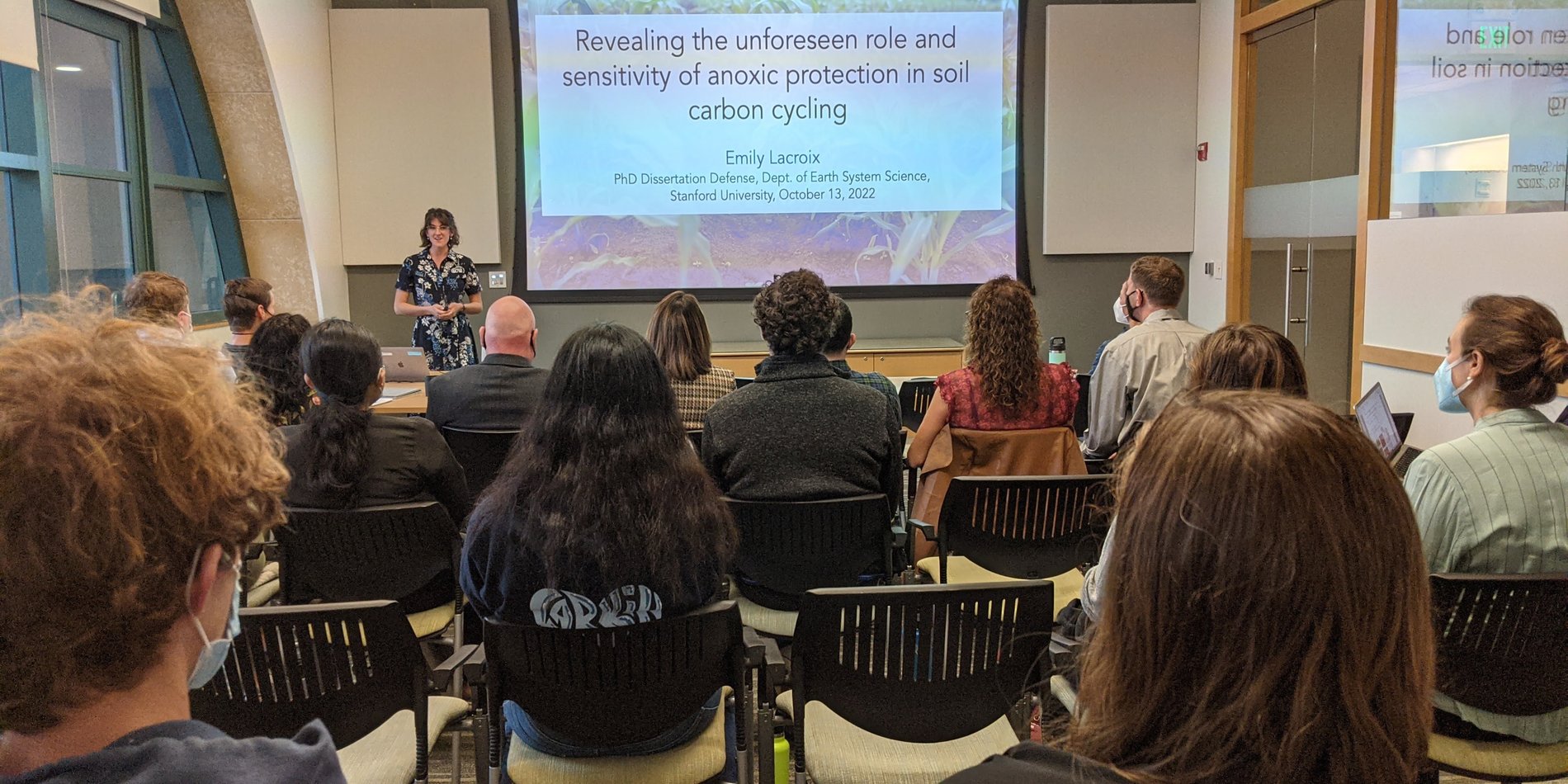New Publication: Porewater Lead Concentrations Limited by Particulate Organic Matter Coupled With Ephemeral Iron(III) and Sulfide Phases during Redox Cycles Within Contaminated Floodplain Soils
Abstract
Christian Dewey, John R. Bargar, and Scott Fendorf
Lead contamination in soils and sediments is a major threat to water quality. In surface and near-surface environments, Pb is not redox active; however, common Pb hosts, including Fe(III)-(hydr)oxides and sulfides, dissolve and precipitate as redox conditions change. Dissolution of Pb hosts may release Pb to porewater, leading to spikes in dissolved Pb concentrations and potential transport into surface or groundwater. Here, we examine the impacts of hydrologically coupled redox transitions on Pb partitioning in contaminated floodplain soils. We find that the affinity of Pb for particulate organic matter (POM), inclusive of mineral-associated organic matter, ensures that across redox transitions Pb is retained in the solid phase, despite host-phase (Fe(III)-(hydr)oxide and sulfide) dissolution. As seasonal hydrologic dynamics shift porewater redox conditions, Pb-bearing Fe(III)-(hydr)oxides (Pb-HFO) and sulfides (PbS) are dissolved and (re)precipitated. However, despite these shifts in redox conditions and associated host-phase transformations, Pb retention on POM, coupled with the formation of PbS and Pb-HFO, maintains dissolved Pb concentrations below 17 μg L–1. Importantly, the predominance of Pb adsorbed on POM alongside low dissolved Pb concentrations indicates that Pb released from HFO and PbS is retained by POM. Thus, despite host-phase dissolution during redox transitions, partitioning of Pb to the aqueous phase is minimal and, therefore, transport of dissolved Pb is unlikely.



